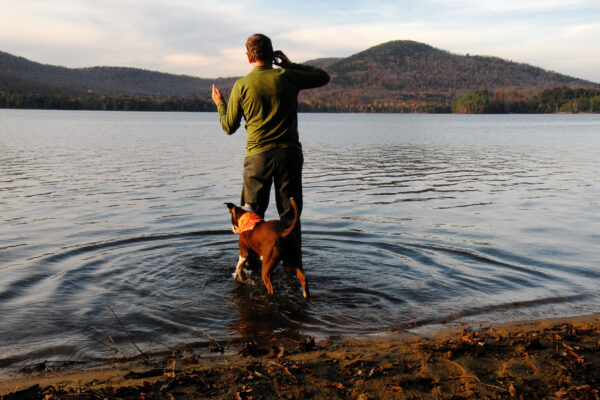The Adirondack Forest Preserve has been hailed as one of the nation’s best conservation achievements. Better than a national park, because of all the iron-clad constitutional guarantees of “forever wild”-ness; better than a national forest, because the baseline protections apply equally to every acre, not just those favored by Congress.
This has been the case since 1885, when the Forest Preserve was first established by law, and especially since 1894, when the “forever wild clause” was first voted into the state’s constitution. For the thirteen decades since then, the state’s purchase of vast wilderness acreages has been the go-to vehicle for preserving all of the Adirondack Park’s most treasured landmarks.
Just over a century ago, there was a public campaign to acquire Mount Marcy – then a privately-owned mountain, like many of the High Peaks – as part of a “Victory Mountain Park,” which was envisioned by its promoters as a pleasure ground for service members returning home from World War I. Although no one refers to the state’s highest summit as Victory Mountain Park today, it is hard to imagine the Forest Preserve being complete without it.
In the decades that followed, the State of New York proceeded to acquire such well-known landscapes as the Moose River Plains, the Bog River, and the eastern half of the Pharaoh Lake Wilderness. All of these are places outdoor explorers now take for granted, perhaps not even aware their ascension to “forever wild” status is less than a century old.
When a river was threatened by a proposed dam, or a pristine lakeshore became the subject of a subdivision scheme, the preferred method for staving off these undesirable outcomes has always been to acquire it (when possible) for the Forest Preserve. True, conservation easements later became an option, but those made most sense for less critical lands. For “A-list” tracts the public has never wavered in its support for full acquisition; people want it, the state has the means to make it happen, and the Forest Preserve has always been what differentiates the Adirondacks from other neighboring mountain regions.
With all this in mind, the news that Follensby Pond near the Raquette River might once again be withheld is disturbing to me. The Nature Conservancy, which currently owns the land, developed cold feet some time ago when it discovered lake trout in the pond. The conservancy doubts the state’s ability to manage the fishery as part of the Forest Preserve, and the idea of public access suddenly seems inimical to its goals for preserving the 14,600-tract it has been sitting on since 2008.

In that same intervening decade between then and now, however, the Nature Conservancy sold many thousands of acres of former Finch Pruyn land to the state with absolutely no such qualms; not only was recreation one of the primary focuses of that deal, but the conservancy actually brokered the so-called “stakeholder” agreements that put snowmobile trail placement ahead of the public input process – which, as it turned out, strongly favored stricter protections.
So let’s not try and cut it both ways here. The Forest Preserve has been and will continue to be the best tool we have in the Adirondacks to keep land – and the community of life it supports – in a “forever wild” state. Now is not the time to lose faith, nor to indulge in the conceit that nature is static and can be kept unchanged under a glass bubble, if only we keep the filthy mobs out. The Follensby Pond Tract needs to be added to the cultural and natural heritage we call the Forest Preserve, and the public needs to be invested in its future.


